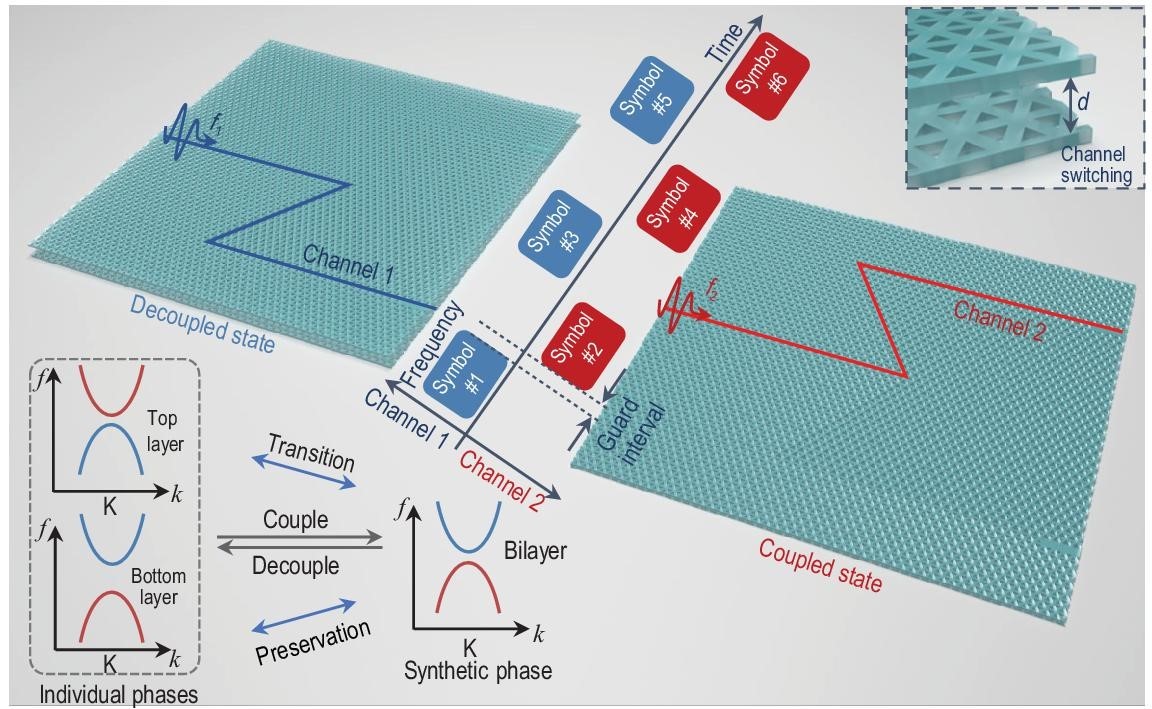Kirigami-Inspired Antennas: The Future of Flexible Wireless Technology
Researchers from Drexel University and the University of British Columbia are drawing inspiration from kirigami—the ancient Japanese art of cutting and folding paper—to shape the next generation of antennas for wireless technology. Their innovative approach, recently published in Nature Communications, demonstrates how kirigami techniques can transform a sheet of acetate coated with conductive MXene ink into flexible, 3D microwave antennas, capable of adjusting their transmission frequency by simply altering their shape.

Figure 1. Illustrated and implemented (wired and wireless) MXene-based resonators with Kirigami cut patterns.
Figure 1 illustrates and implements (wired and wireless) MXene-based resonators with Kirigami cut patterns [1]. This breakthrough is significant because it offers a fast, cost-effective way to manufacture antennas by coating MXene ink onto an elastic polymer substrate. "For wireless technology to support advancements in fields like soft robotics and aerospace, antennas need to be designed for tunable performance and with ease of fabrication," said Dr. Yury Gogotsi, a co-author and Distinguished Professor at Drexel University. Kirigami’s simplicity in forming intricate 3D shapes from 2D materials makes it an ideal model for this type of antenna production [2, 3].
Unlike traditional antennas, which require complex electronics or physical changes to adjust their performance, this kirigami-inspired design allows antennas to be easily reconfigured by altering their shape. These antennas are flexible, lightweight, and durable—key traits for use in movable robotics and aerospace applications.
The research team created test antennas by coating acetate sheets with MXene ink, a titanium carbide-based nanomaterial discovered by Drexel researchers in 2011. MXenes are known for their strong adhesion, durability, and ability to selectively control electromagnetic wave transmission, making them ideal for antenna applications. Using kirigami techniques, the researchers made cuts in the MXene-coated material, allowing square-shaped antennas to pop up when stretched, altering their signal transmission depending on the tension.
These antennas effectively transmitted signals across three key microwave frequency bands (2-4 GHz, 4-8 GHz, and 8-12 GHz) and could redirect signals by changing the geometry and tension. The research also demonstrated the antennas’ potential use as strain sensors, as the resonator's frequency shifted by 400 MHz under strain conditions.
Looking ahead, the team aims to optimize the performance of these antennas by exploring new materials, shapes, and movements inspired by kirigami. "Our goal here was to simultaneously improve the adjustability of antenna performance as well as create a simple manufacturing process for new microwave components," said Dr. Omid Niksan from UBC.
References:
- https://www.nature.com/articles/s41467-024-51853-1#Abs1
- https://techxplore.com/news/2024-10-ancient-3d-paper-art-kirigami.html
- https://www.eurekalert.org/news-releases/1060948
Cite this article:
Hana M (2024), Kirigami-Inspired Antennas: The Future of Flexible Wireless Technology, AnaTechMaz, pp. 130















